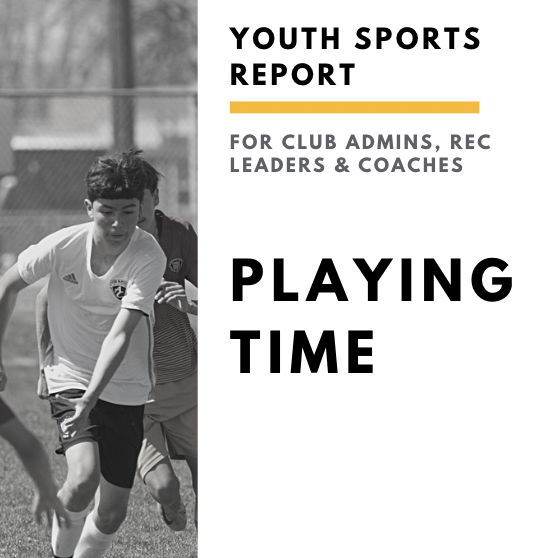Get our exclusive report. Download the iSport360 Club Switching Report Here – For Club Admins, Rec Leaders and Coaches.
A History of Youth Sports in the US
From “Special Report: Coronavirus puts youth sports on pause”, published by AXIOS, May 11, 2020
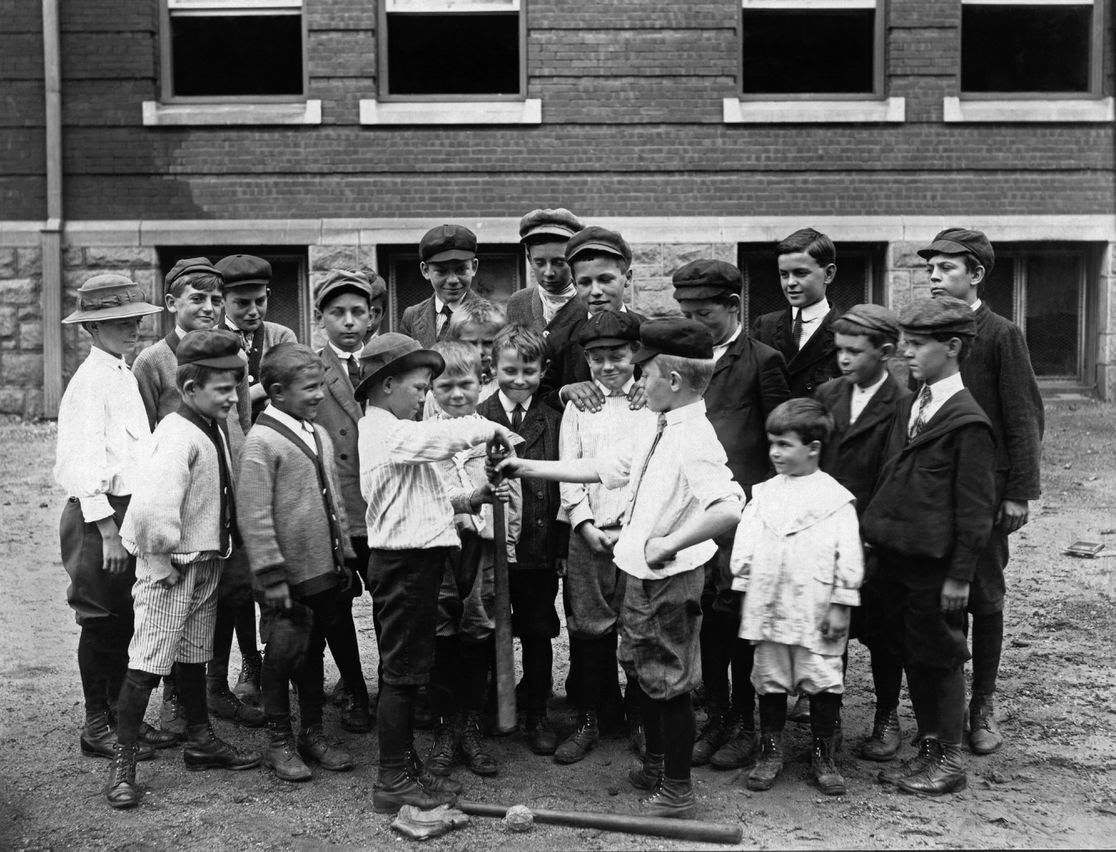
Thanks to Axios for giving us some background on the history of youth sports in the US. Well now it is a year later after the Covid shutdown and we all wonder what youth sports will look like in the future. Especially when we are all longing for simpler times. Perhaps we should consider the real purpose of kids playing sports….to stay active, to stay strong and to learn life skills. Let’s keep that on our minds as our kids get back to sports in the post-quarantine world.
Youth sports wasn’t always big business. Tracking its evolution in America over the past 150+ years helps explain how we got here. Here is a take on the history of youth sports in the US.
In 1852, Massachusetts became the first state to pass a compulsory education law, requiring children to attend school. By 1918, every state had followed suit.
- For context, think about the tales of Tom Sawyer or Huck Finn: Before school was mandatory, kids roamed free. That’s not to say they were all searching for buried treasure, but the lack of structure gave way to adventure and mischief.
- With the advent of schooling, a child’s day transformed into clearly delineated segments, leaving parents to decide how to fill their children’s non-school “free” time.
- The first solution was to establish parks and playgrounds — safe, public spaces for kids to play. Then came organized sports, which offered more structure and taught life lessons that playground games simply couldn’t.
In 1903, New York established the Public Schools Athletic League, pitting schools against each other for championships and bringing more competition to youth sports. By 1910, 17 other cities had formed similar organizations.
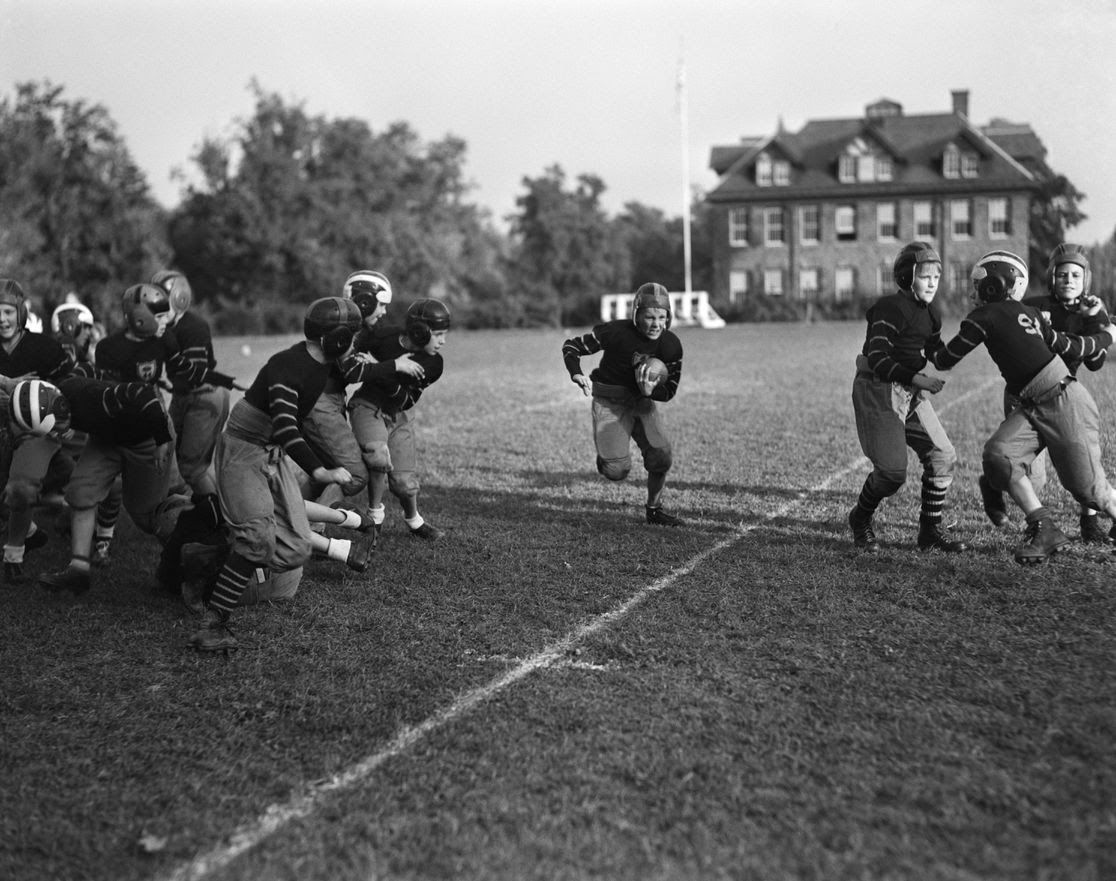
1920s–1940s: After three decades of growth, the Great Depression came along and decimated publicly-financed youth sports organizations, causing an unfortunate ripple effect.
- The good news was that pay-to-play organizations like Pop Warner and Little League Baseball sprung up to fill the void. The bad news was that this change priced poorer families out.
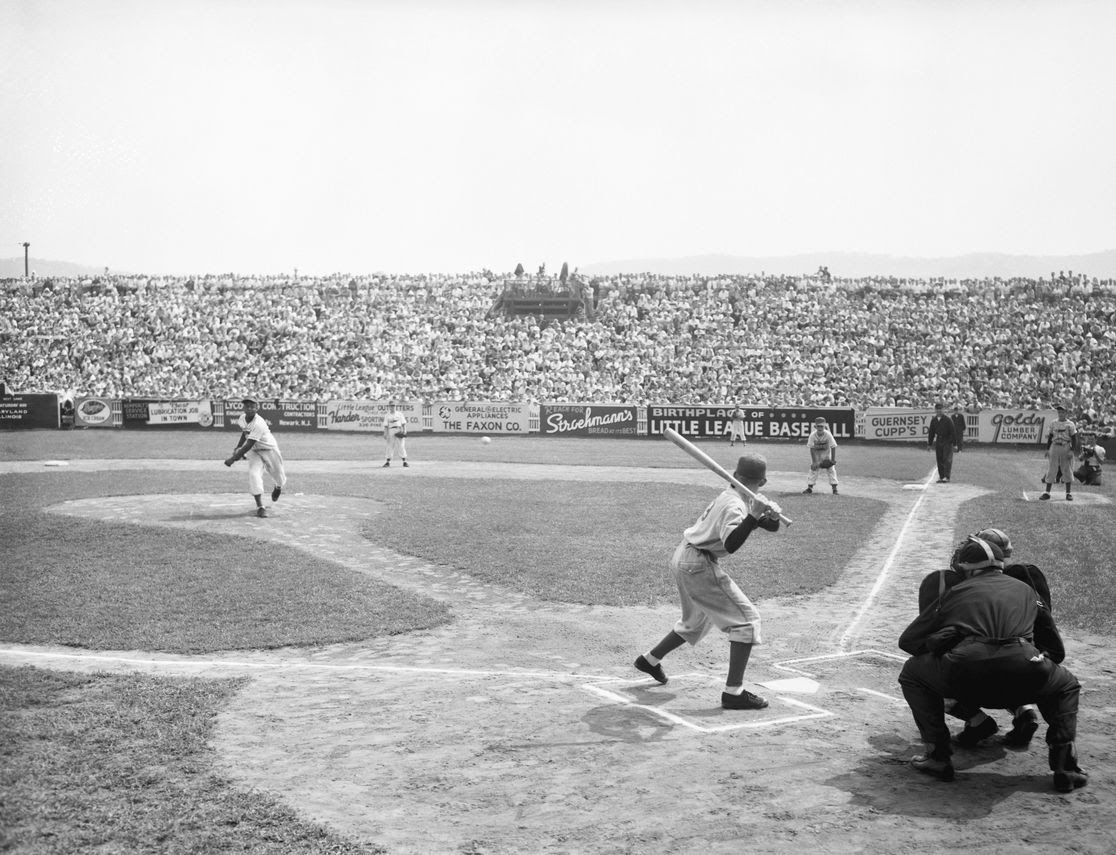
1940s–1960s: While pay-to-play leagues grew in popularity and engulfed the country, educators worried that emphasizing sports in elementary schools would create too much stratification between those with talent and those without.
- By the 1960s, that attitude had blossomed into a full-blown movement around self esteem, the results of which are still visible today in the fact that interscholastic sports tend not to begin until middle school.

1972: Up until now, all these organized sports had one thing in common — they catered mostly to boys. When Title IX passed in 1972, that changed in a big way.
- By the numbers: Before Title IX, one in every 27 girls played sports. By 2016, it was two in every five, according to the Women’s Sports Foundation, and the number of girls playing high school sports was up 990%.
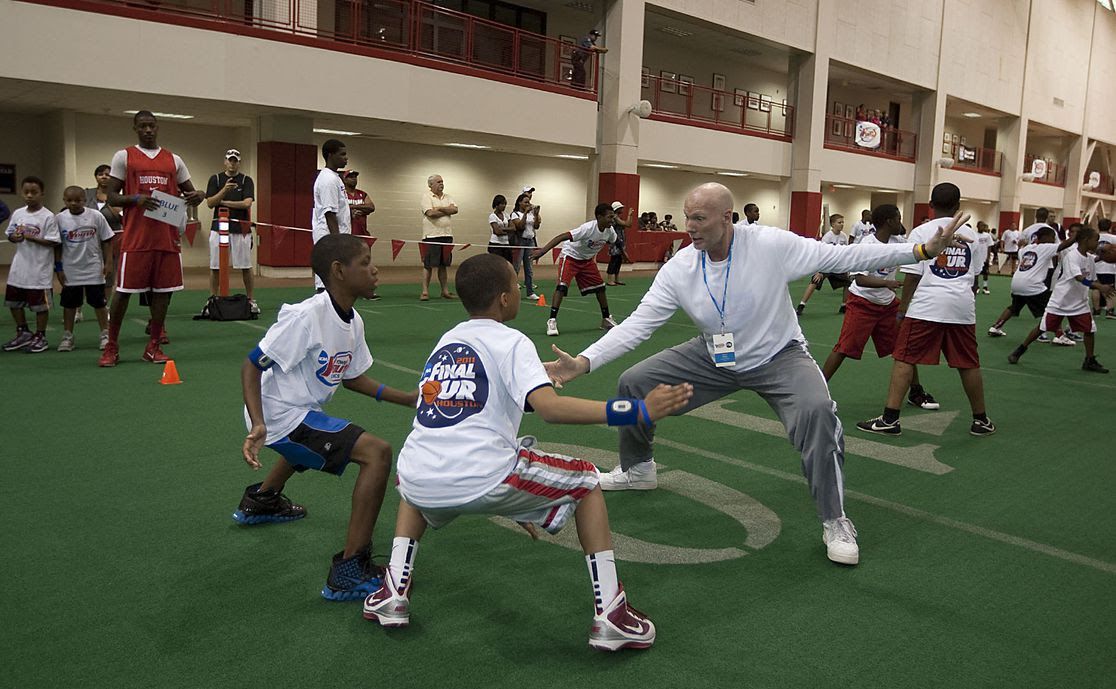
1970s-present: When Boomers began graduating from high school, colleges were flooded with record numbers of applications. Suddenly, it was no longer enough to simply be smart.
- Parents — whose philosophies and attitudes led to the shifting policies throughout this whole timeline — saw this as another competitive opportunity, with sports acting as the differentiator on their kids’ résumés.
- It has since become the norm to use sports to land scholarships — or, for the very best players, chase stardom. This has created a new breed of specialized athlete, while simultaneously stripping local leagues of resources and pushing the less fortunate out of the picture.
The history of youth sports in the US and for more about iSport360 and how we continue to work with youth sports athletes to stay active and strong, check us out at https://isport360.com/.
Learn more or request a demo of our youth sports software that is helping teams improve communication, organization and player development.
June 7, 2021





